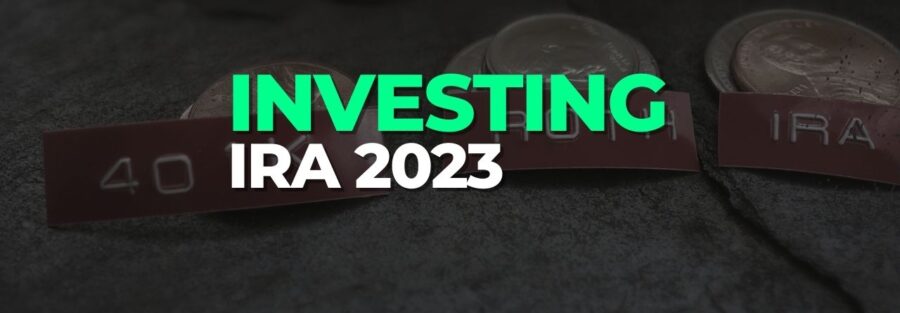Investing with an Individual Retirement Account (IRA) can be a smart way to save for the future and potentially grow your money. There are several types of IRAs to choose from, each with its own set of rules and benefits. Here’s a rundown of what you need to know about investing with an IRA.
What is an IRA?
An IRA is a type of investment account designed specifically for retirement savings. It allows you to set aside money for your later years, and in some cases, you may be able to claim a tax deduction on your contributions. There are several types of IRAs to choose from, including Traditional IRAs, Roth IRAs, and SEP IRAs (for self-employed individuals).
What are the benefits of investing with an IRA?
One of the main benefits of investing with an IRA is the potential for tax savings. Traditional IRAs offer tax-deferred growth, which means you won’t pay taxes on any earnings until you withdraw the money in retirement. Roth IRAs, on the other hand, offer tax-free growth, which means you won’t pay taxes on your earnings as long as you follow the rules for qualified withdrawals.
Another benefit of investing with an IRA is the potential for long-term growth. By investing your money in a variety of assets, such as stocks, bonds, and mutual funds, you can potentially earn a higher return on your investment over the long term.
How do I open an IRA and make contributions?
To open an IRA, you’ll need to choose a financial institution to hold your account, such as a bank, brokerage firm, or mutual fund company. You’ll also need to decide which type of IRA is right for you and how you want to invest your money.
You can contribute to your IRA each year up to a certain limit, which is set by the government. For 2021, the contribution limit is $6,000 for individuals under age 50 and $7,000 for individuals age 50 or older. You can make contributions to your IRA for the current tax year up until the tax filing deadline, which is usually April 15th of the following year.
What are the rules for withdrawing money from an IRA?
The rules for withdrawing money from an IRA depend on the type of account you have and your age. With a Traditional IRA, you generally have to pay taxes on your withdrawals and may also face a penalty if you take the money out before age 59½. With a Roth IRA, you can generally withdraw your contributions tax-free and penalty-free at any time, but you may have to pay taxes and a penalty on your earnings if you take them out before age 59½ and the account has been open for less than 5 years.
It’s important to understand the rules for withdrawing money from an IRA and plan accordingly. Taking money out of your IRA before you’re ready to retire could potentially jeopardize your long-term financial security.
In conclusion, investing with an IRA can be a smart way to save for the future and potentially grow your money. It’s important to understand the different types of IRAs, the rules for contributions and withdrawals, and the potential benefits and drawbacks. By taking the time to do your research and make informed decisions, you can create a solid foundation for your retirement savings.





